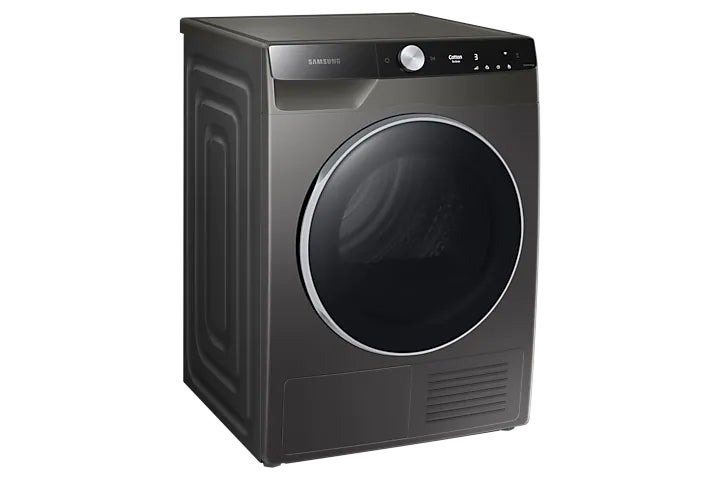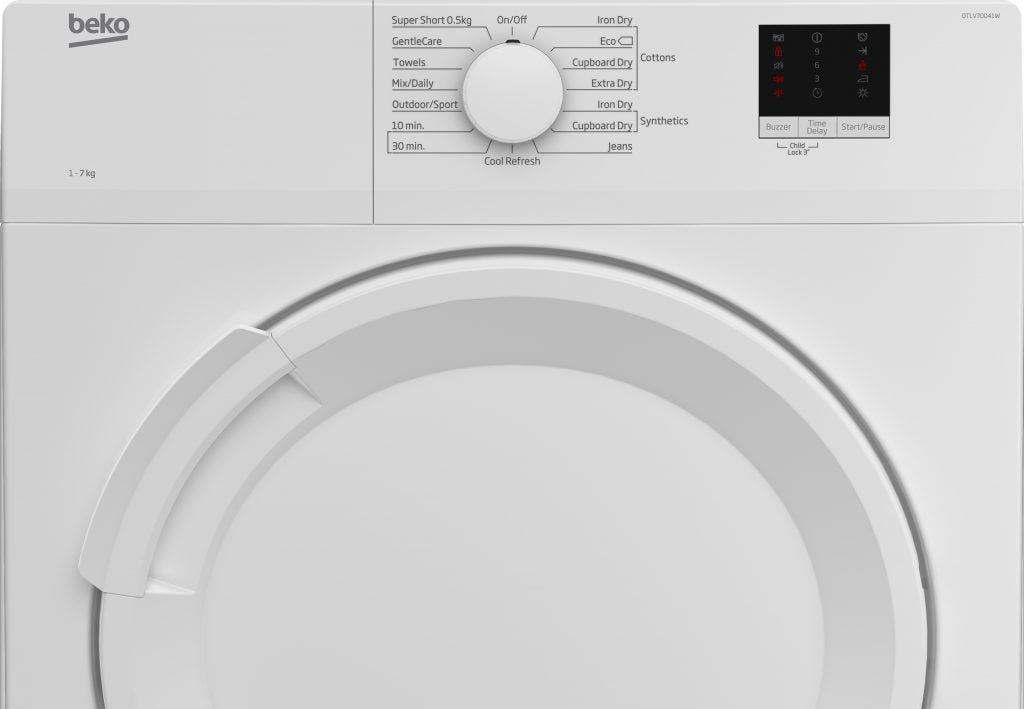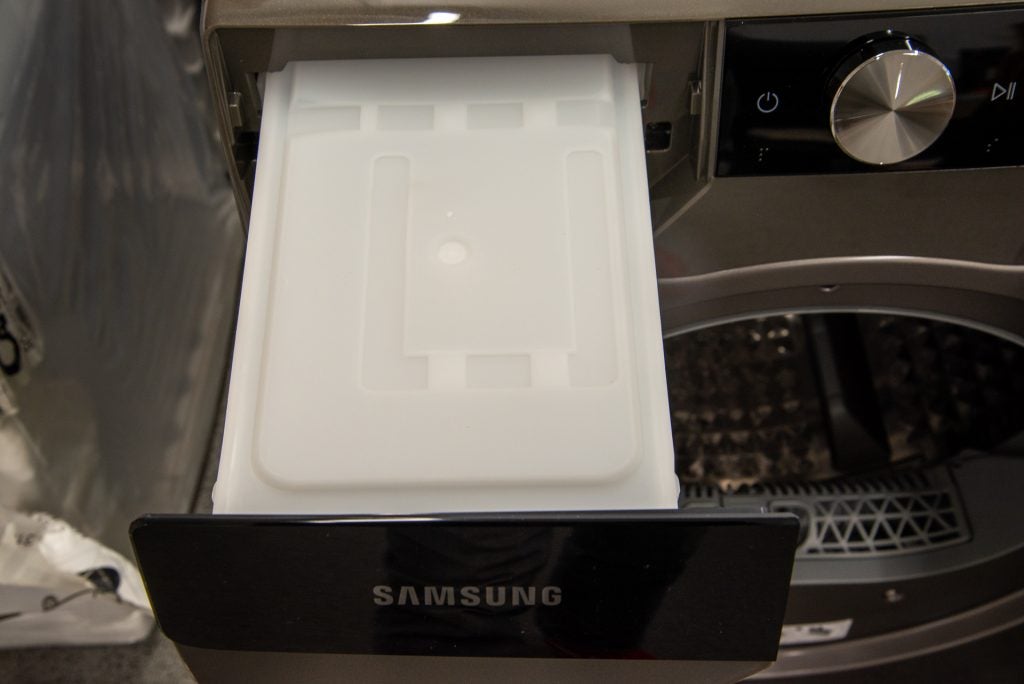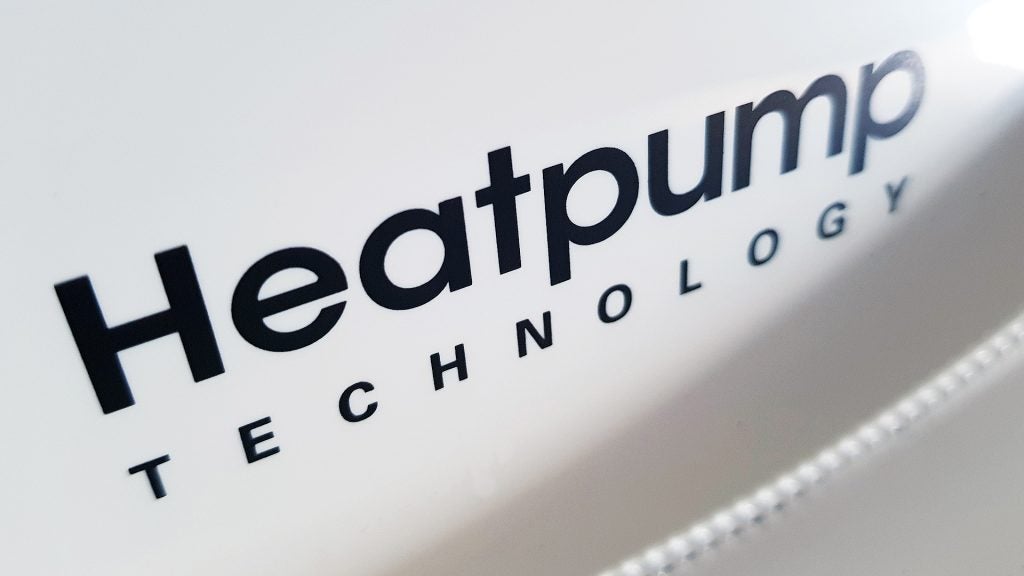Condenser vs vented vs heat pump – which tumble dryer is best?

Introduction
Not all tumble dryers are the same. They’re built using quite different technology that affects drying times, quality and, most importantly, running costs.
Our guide to the best tumble dryers helps you find the top models, but if you’re confused about the different types of dryer available, this guide aims to help explain the difference between condenser, vented and heat-pump dryers.
Cost
One of the major considerations is cost: both in terms of your outright budget and the appliance running costs over time. The price of a tumble dryer can range from anywhere between £150 to thousands of pounds.
At a common price range of £150-£250, vented tumble dryers are the cheapest, although there are also a few pricier models on the market. Condenser dryers tend to be the mid-range option at £200-£400, with some pricier outliers. The most expensive category is heat-pump dryers, widely available between £300 and £900, but with a handful of models coming in at an even higher cost.
However, heat-pump dryers are also the cheapest to run, with average costs around £30-£40 year, if drying about three loads per week. Meanwhile, condenser and vented dryers cost about £60-£80 a year, depending on the particular model.
Running costs will be determined by how often you run your dryer. If you use it rarely, then a cheaper appliance may suffice for the occasional load, while frequent launderers may benefit from a pricier appliance with savings over the long-term.
Types explained
You’re probably wondering now about the reasons that there’s such a difference in purchase price and running costs between the types of dryer. The answer comes down to how each product works, and the technology within. Read on to find out more.
Vented dryers

Vented dryers are the most affordable option, with prices starting as low as £150. Here, air here is blown over a heating coil into the tumble drum and expelled through a large pipe, much like that used on a portable air-conditioning unit.
This means vented dryers need to be fitted with a hose that leads the damp air outdoors, either through a window or permanently fitted through an external wall.
Otherwise, any enclosed space is likely to become hot and humid. Thus, vented dryers are trickier to place in a room, with their installation a more complicated process. Unless you have a penchant for DIY, you may need the help of a professional.
Not all vented dryers are created equal. Having smart sensors and extra programmes makes them more efficient and gentler on clothes, but this usually comes at a higher price. A reverse-action setting – which changes the direction of the drum towards the end of the cycle – is useful for avoiding tangled and crumpled clothing.
Vented dryers are, on average, the fastest drying option. However, like condenser dryers, vented dryers aren’t very energy efficient.
They’re available in various sizes, including smaller drums with 4-6kg limits. For those lacking space, they can also be stacked or mounted on a wall.
It’s also possible to turn a vented dryer into a condenser dryer with the help of a condenser kit, but this may invalidate the manufacturer warranty.
Condenser dryers

Condenser dryers are the most popular type of dryer. They operate by blowing air over a heating coil into the tumble drum. The hot, damp air is expelled into a container as vapour and condensed into water.
It’s important to note here that the water tank needs to be emptied regularly – preferably after each load – unless it’s connected to plumbing (a common move for washer dryers, and an option via an outlet hose for many tumble dryers). However, since the system is closed here – unlike vented tumble dryers – condenser dryers don’t need to be installed near a vent.
Condenser dryers are fairly affordable, although not always as cheap as vented dryers. There’s also variation between condenser dryer models, with the higher-end appliances retailing at around £600. The pricier the unit, the more likely it is to have handy, energy-efficient extras, such as built-in sensors to cut off operation when the load in the drum is dry. Meanwhile, cheaper models operate on a set-time basis.
Compared with vented dryers, condenser dryers are considered to be somewhat slower and slightly less energy efficient. Plus, they usually have a “quick dry” function, which is likely to be particularly energy inefficient.
Size-wise, condenser dryers tend to come with medium (7-9kg) or large drums (10kg and up). They’re also usually heavier and not really suitable for mounting on a wall.
Heat-pump dryers

Heat-pump dryers are the cheapest in terms of running costs. But, being the most expensive in terms of the initial price, they’re also more of an investment. They’re particularly suitable as a long-term solution for those who frequently tumble-dry their clothes.
Heat-pump dryers are similar to condenser dryers in terms of having a water tank, but they reuse the heat generated. Also, unlike condenser dryers, they don’t have a heating coil, but work similarly to refrigerators and air-conditioning units.
Like all tumble dryers, hot air is sent into the drum, but here the warm vapour is compressed and passed through the evaporator. The water is extracted and dumped into a tank (or straight into the drain if you’ve connected the optional hose). The difference is that the warmth from the air is recycled and reused, rather than being dumped outside.
By reusing the hot air, condenser tumble dryers are a lot more energy efficient than any other type, but they can take longer to operate. This is changing, however, with newer models offering faster programmes. As with other tumble dryers, the best models tend to sit towards the pricier end, with features such as smartphone control or extra programmes. Overall, they tend to be the quietest dryers and most gentle on textiles due to their use of lower temperatures.
Size-wise, they’re only available with medium (7-9kg) or large drums (10kg and up), and can’t be wall-mounted.
For efficiency, a family household is likely to require a dryer sized 8kg and up. However, if you were constantly letting the machine run at half capacity, you’d be spending more on energy than you should.
Which type of tumble dryer should I buy?
While still available, vented tumble dryers are becoming increasingly rare. Due to the complexity of installation and high running costs, we don’t recommend them. Condenser dryers are a good option if you need a model that costs less to buy, but a heat-pump tumble dryer makes financial sense in the long-term, with far cheaper running costs offsetting the more expensive purchase price.


